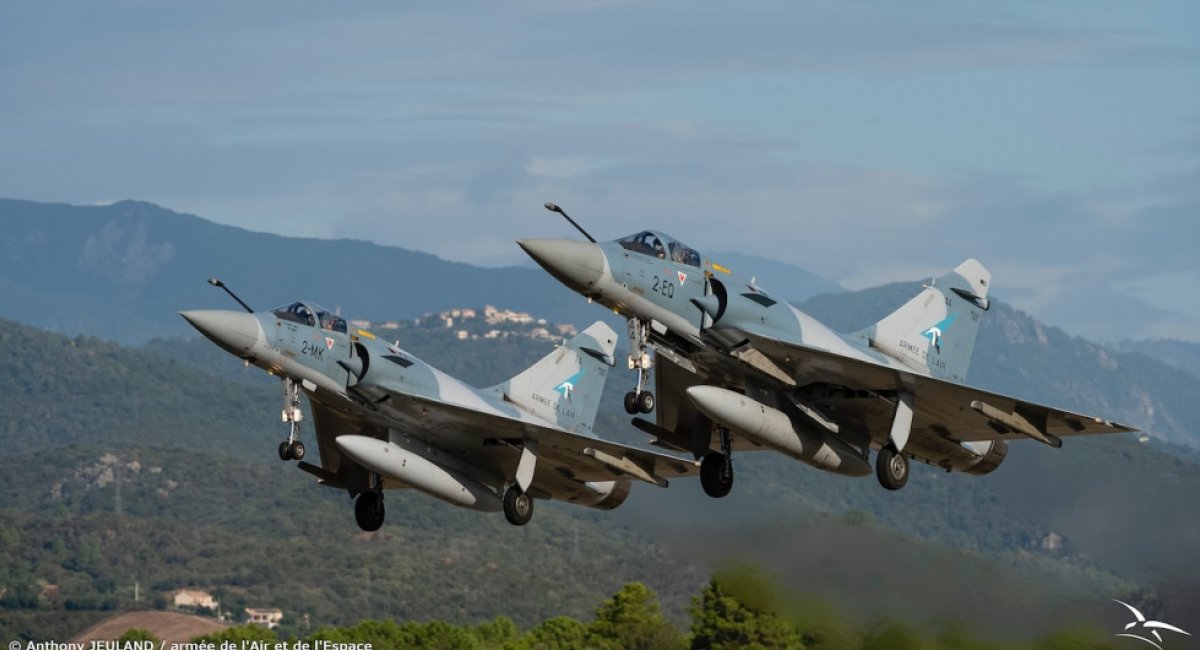
Strengths and weaknesses of the Mirage 2000-5: what to expect from French fighters
The Mirage 2000-5 belongs to the 4th generation of fighters, but this is a case where the aircraft’s armament decides everything, we tell you about the capabilities, characteristics and features of the French fighter
Although talks about the possibility of strengthening the Ukrainian Air Force with French Mirage 2000 fighters have been going on for a long time – more than a year ago – only now has it finally received not only confirmation but also exact timing.
Because yesterday, on June 6, French President Emmanuel Macron officially announced the transfer of Mirage 2000-5 fighters to Ukraine by the end of 2024. The corresponding training program for pilots and technicians will take six months and will start in the near future. It should also be added that, in addition to fighter jets, France will train and arm a 4,500-strong Ukrainian brigade.
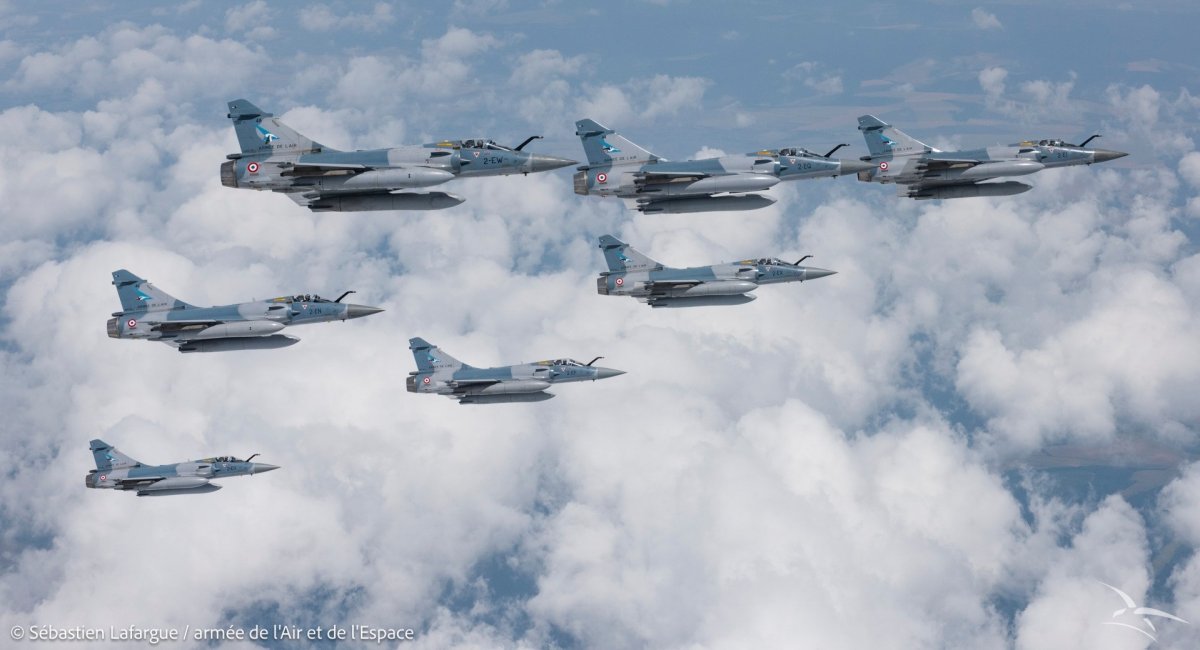
And now we can officially say that the Ukrainian Air Force will fly not only F-16s, but also Mirage 2000-5s. Moreover, the delivery of fighter jets will obviously take place in parallel. For example, Belgium will supply F-16s in batches until 2028.
Against this background, it is necessary to understand which tasks Mirage 2000-5 can perform effectively and which cannot. If we assume that France will transfer its own aircraft, and it is worth recalling that Paris announced the transfer of all decommissioned weapons to Ukraine, we are talking about 27 single-seat Mirage 2000-5 and 7 two-seat Mirage 2000B, which are operated by two squadrons 1/2 Cigognes and 3/11 Corse of the French Air Force.
These aircraft are a deep modernization of Dassault’s Mirage 2000, which made its first flight in 1978, a year later than the MiG-29. In general, we are talking about a light single-engine fighter, which in the Mirage 2000-5 version was able to hit ground targets with guided weapons, i.e. became a full-fledged representative of the 4th generation of fighters.
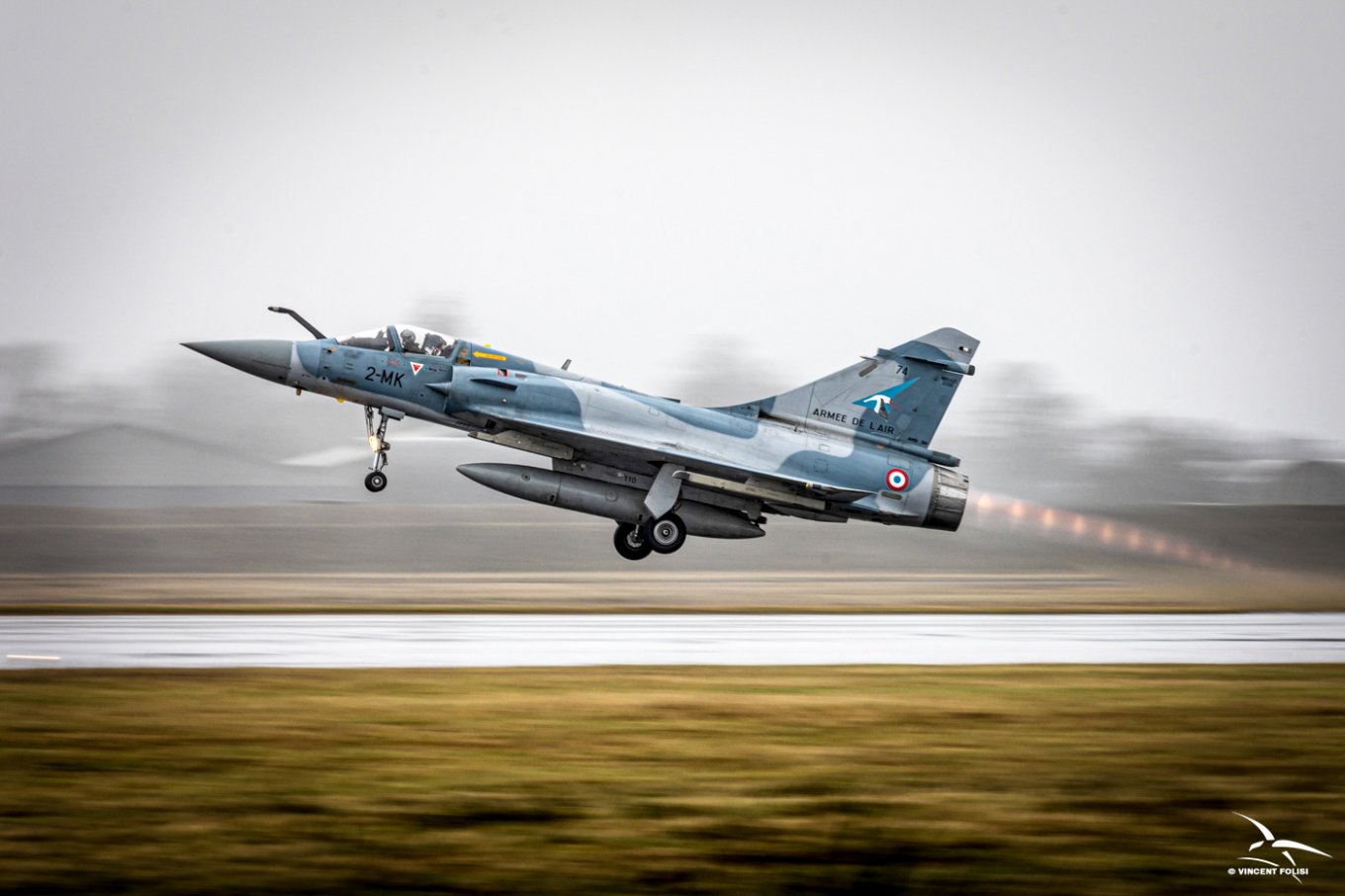
The Mirage 2000-5 version was developed in the early 90s to upgrade the aircraft’s onboard systems. Delivery of serial machines began in 1997.
Objectively, the most important thing is that the fighter received a new RDY radar from Thales with a detection range of 130 km for a typical target, the ability to simultaneously track eight targets and fire on four of them. A special feature of the radar is high-quality target detection against the ground.
The aircraft was armed with a new air-to-air missile MICA from MBDA with a declared range of up to 80 km. We would like to remind you that they are produced in two versions: with infrared and radar homing heads.
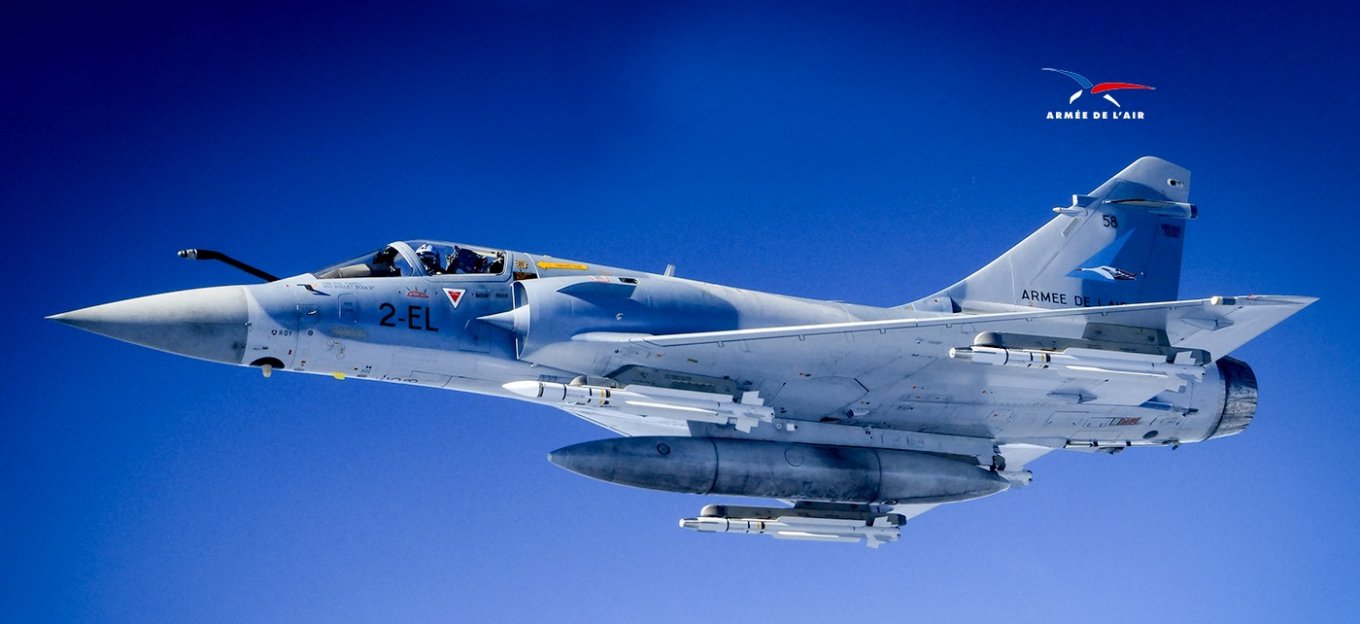
The Exocet anti-ship missile is integrated for ship strikes, the SCALP cruise missile for long-range ground strikes, and the AS37 Armat anti-radar missile with a range of up to 120 km.
It is possible to use high-precision bombs with semi-active laser guidance due to illumination using a TV/CT CLDP container from Thales. Of course, conventional bombs, unguided rockets, and two 30-mm automatic cannons with a 125-round per barrel ammunition capacity. In total, we are talking about 6300 kg of weapons on 9 suspension units.
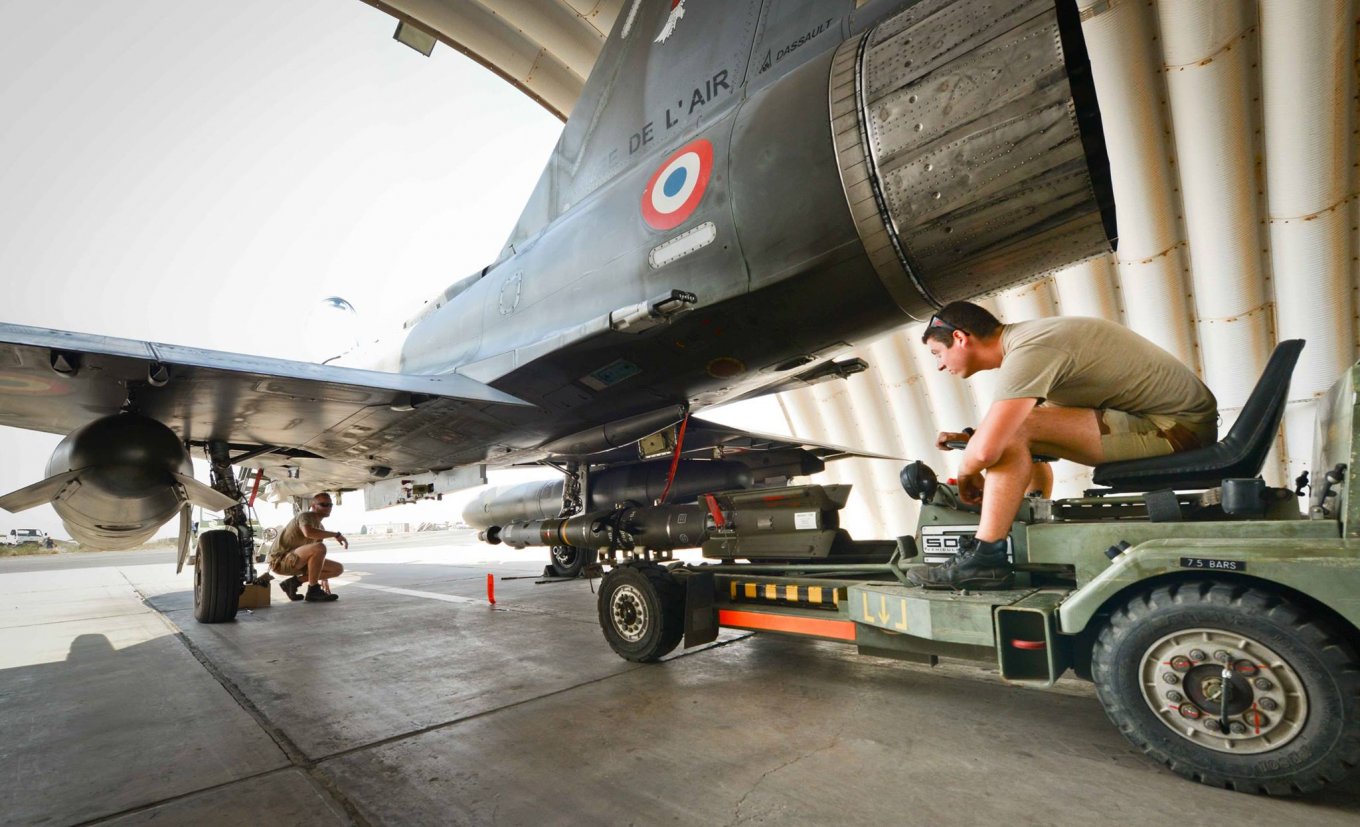
The aircraft also received an integrated ICMS Mk 2 electronic warfare system and a Samir DDM threat warning system. The cabin was digitized with the installation of multifunctional displays.
The Mirage 2000-5 has a wingspan of 9.13 meters and an empty weight of 7,257 kg (normal takeoff weight of 9,525 kg). The SNECMA M53-P20 engine with a thrust of 98.06 kN at afterburner provides a thrust of 0.93. Top speed 2340 km/h, practical ceiling 16,764 meters, practical range 1770 km.
Thus, if you look at the Mirage 2000-5, in terms of capabilities and tasks it can perform, it is the weapon that solves everything. In particular, this aircraft does not have the AIM-120 AMRAAM, which in the C-8 version can destroy targets at a range of up to 160 km. Although it is far from certain that this particular missile will come from the F-16, which still needs to be updated to be fully operational, the capabilities of the MICA air-to-air missile with a range of 80 km are comparable to the AIM-120 of only very early versions.
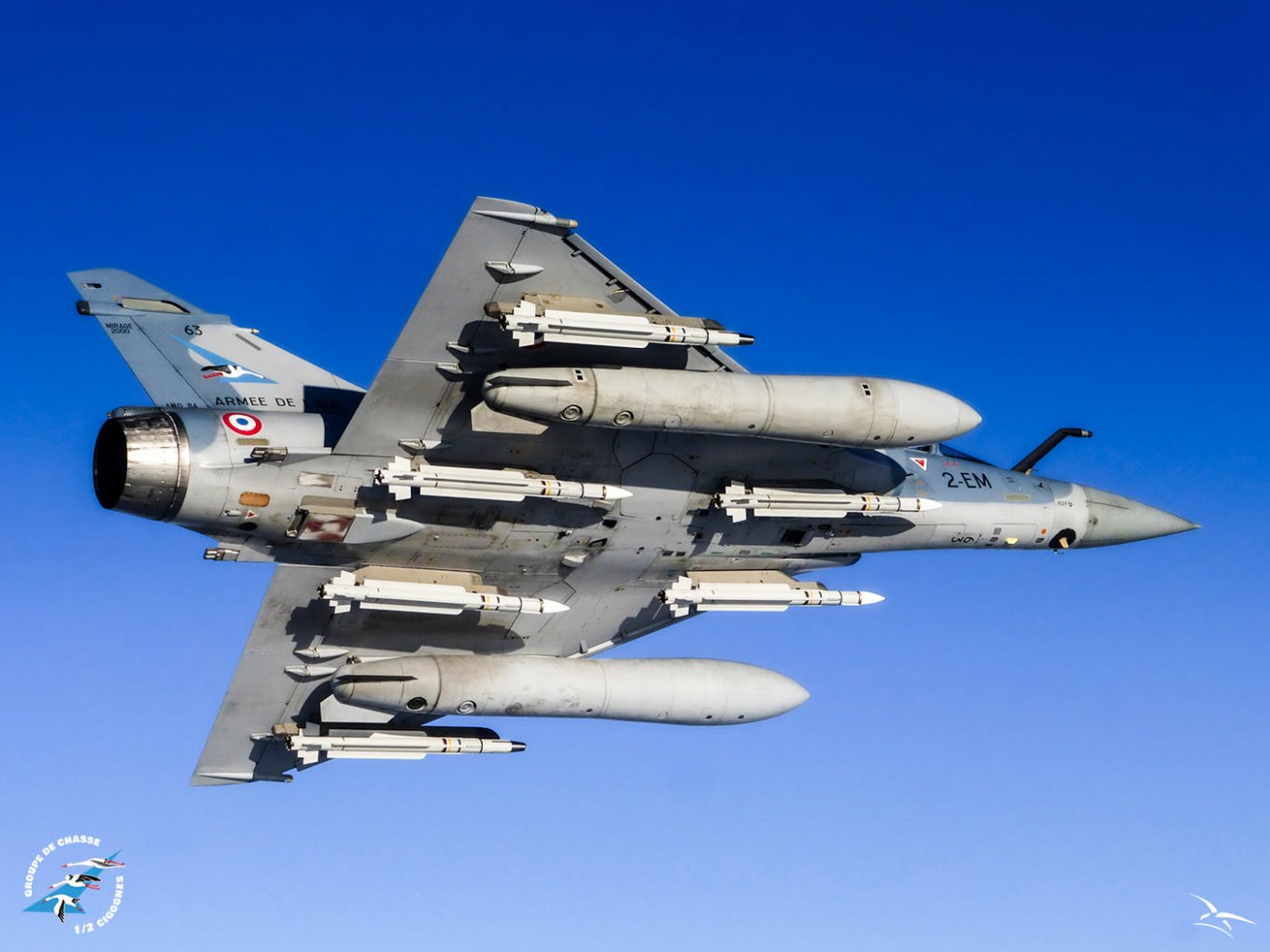
This means that the Mirage 2000-5 is unlikely to be effective in the task of driving away enemy tactical aircraft. At the same time, this aircraft has no less important missions where it will be most effective.
Firstly, it is the striking of long-range weapons – the Storm Shadow / SCALP cruise missiles, as well as Exocet, which in the new versions has the ability to hit ground targets, although it is quite possible that previous versions of this anti-ship missile are quite suitable for hitting coastal radio-contrast objects. In addition, the aircraft can attack enemy radar using AS37 Armat.
Secondly, these are the tasks of the “front line”. That is, striking with long-range bombs, such as AASM Hammer. At the same time, there do not seem to be any restrictions on the ability to integrate JDAM-ER and SDB.
Thirdly, it is performing air defense tasks in the rear areas. Because the Mirage 2000-5 can perfectly cope with the task of intercepting cruise missiles and Shahed. At the same time, they used not only the new MICAs, but also the old Matra R550 Magic air-to-air missiles.
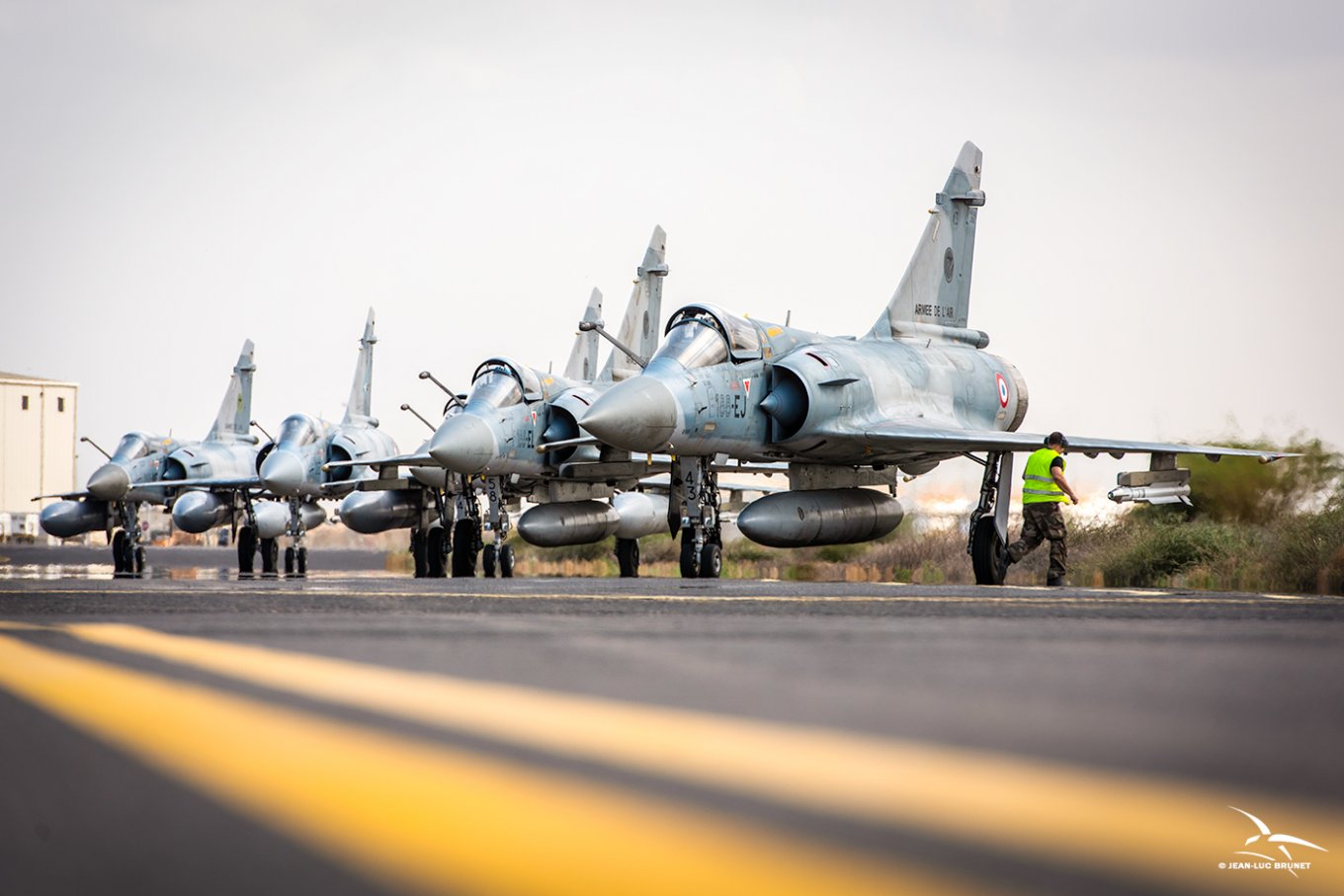
That is, in the paradigm of generalized four types of missions, Mirage 2000-5 is capable of performing three of them. And these French fighters are more than just a significant enhancement of the capabilities of the Air Force and the Armed Forces in general.

